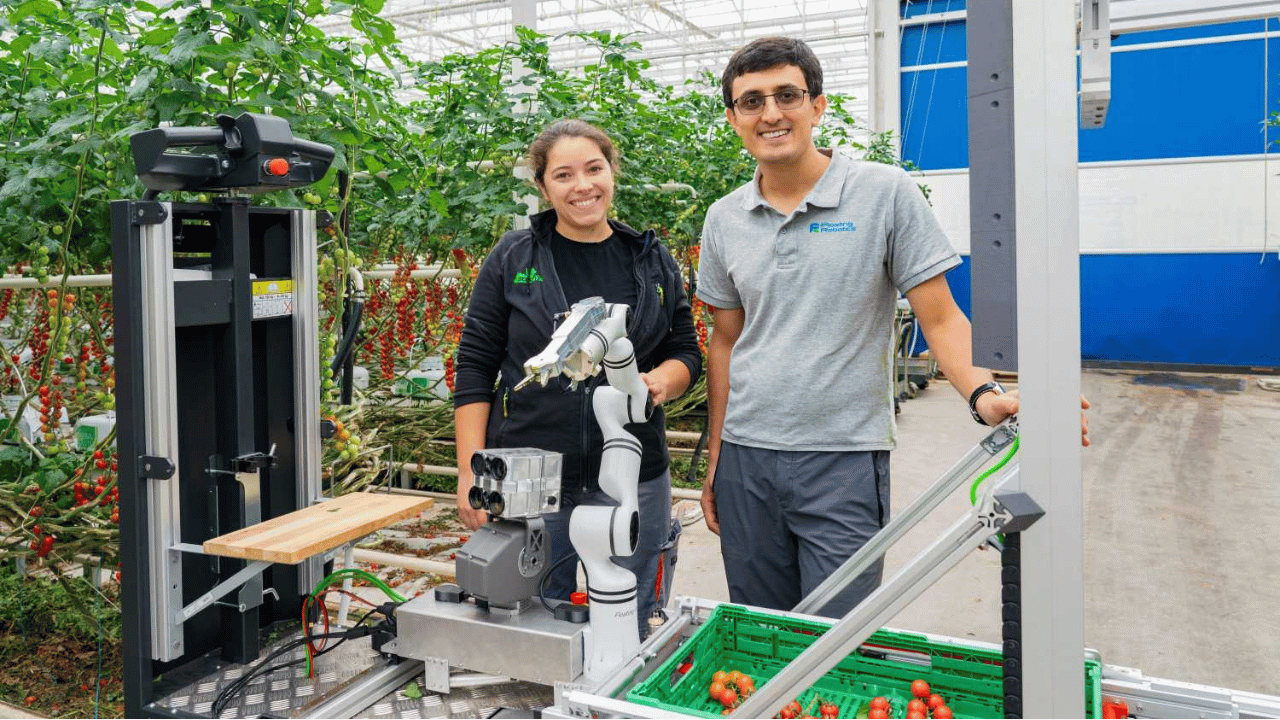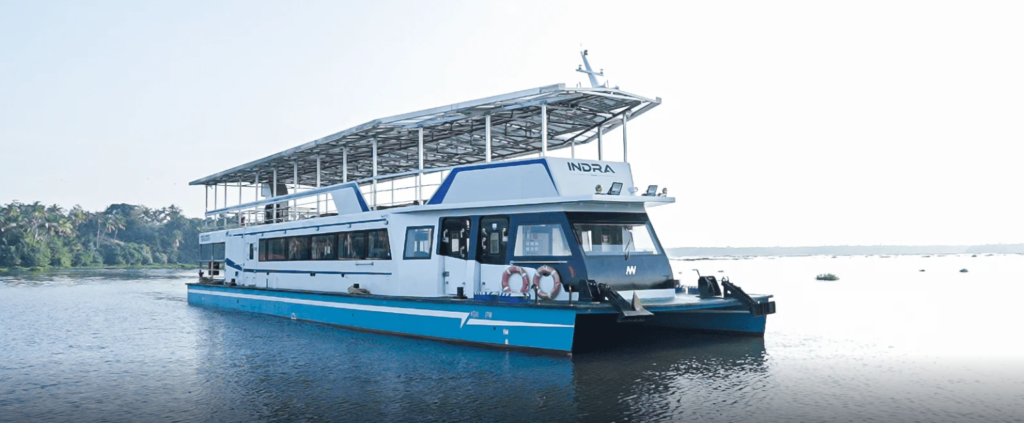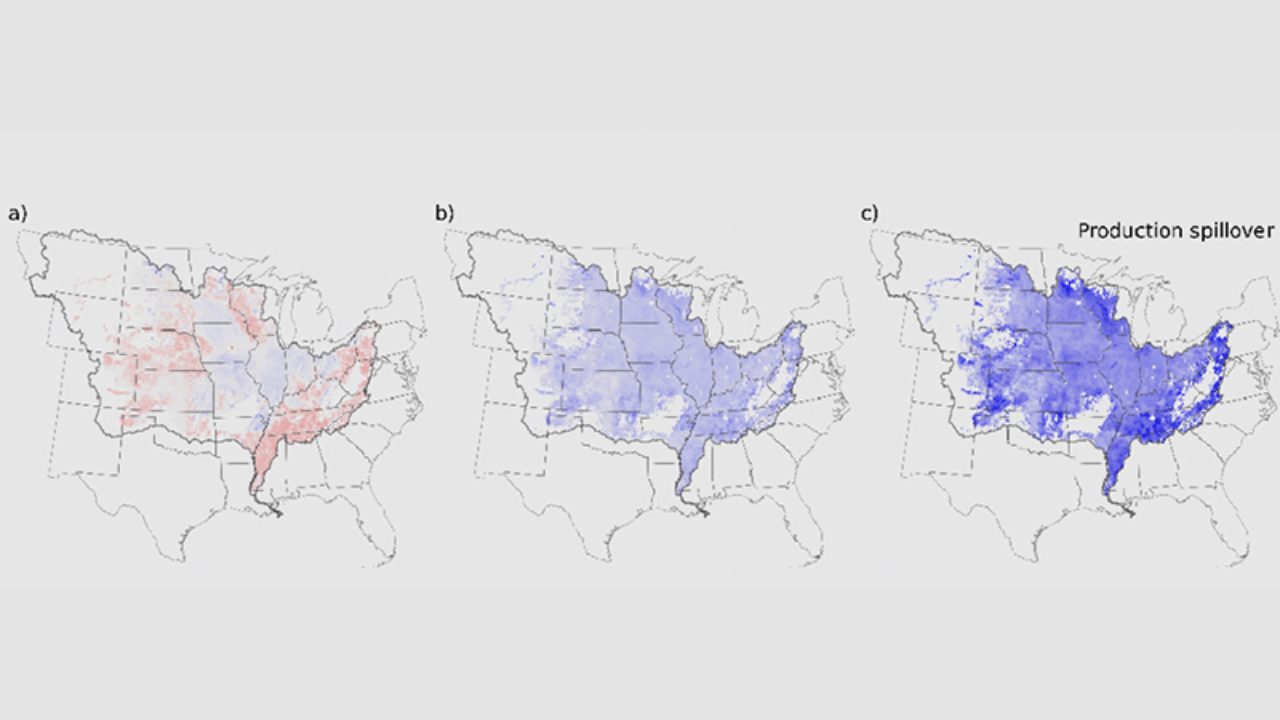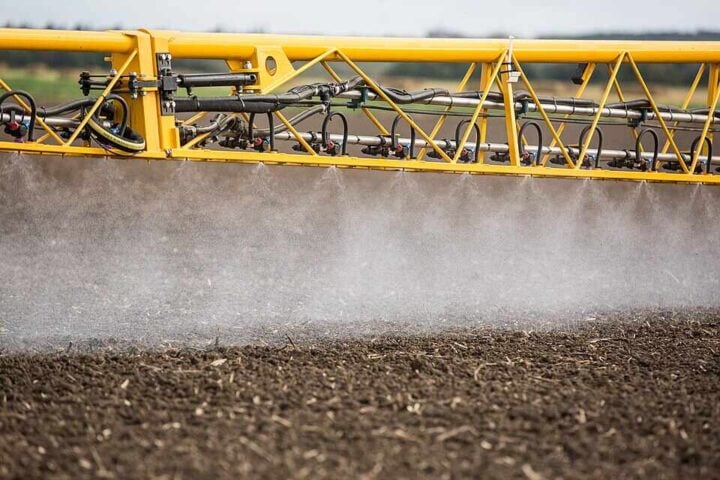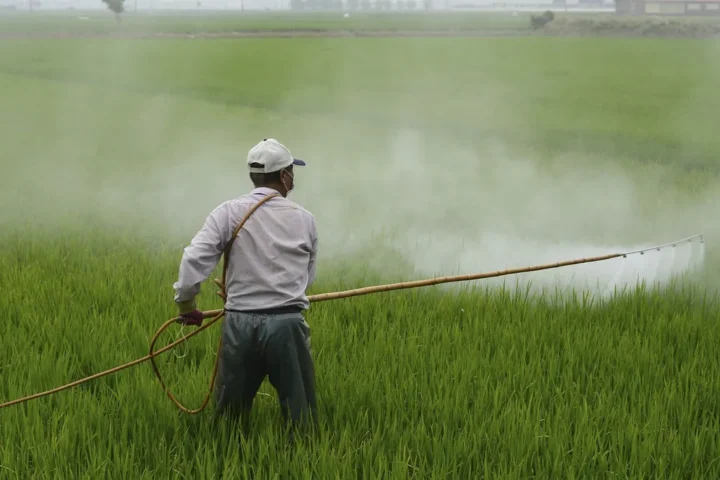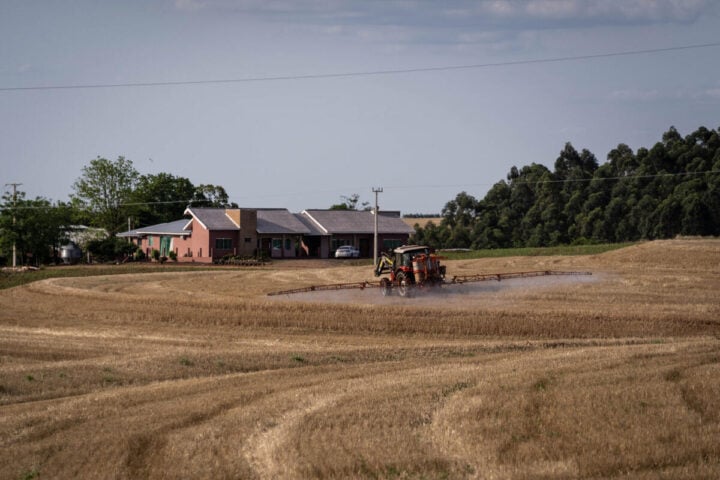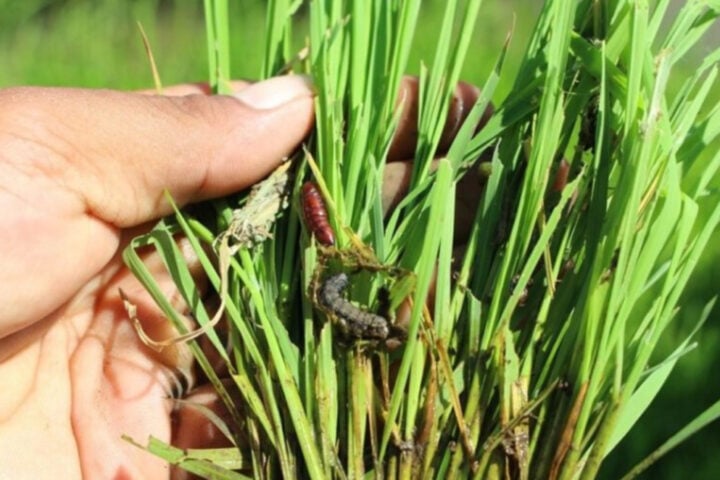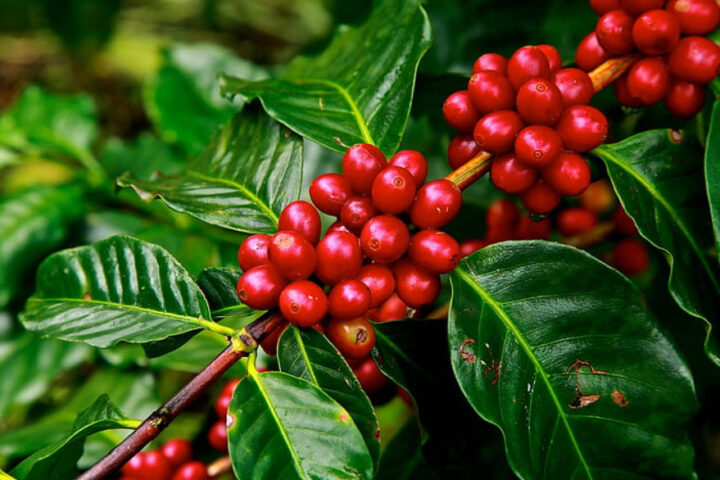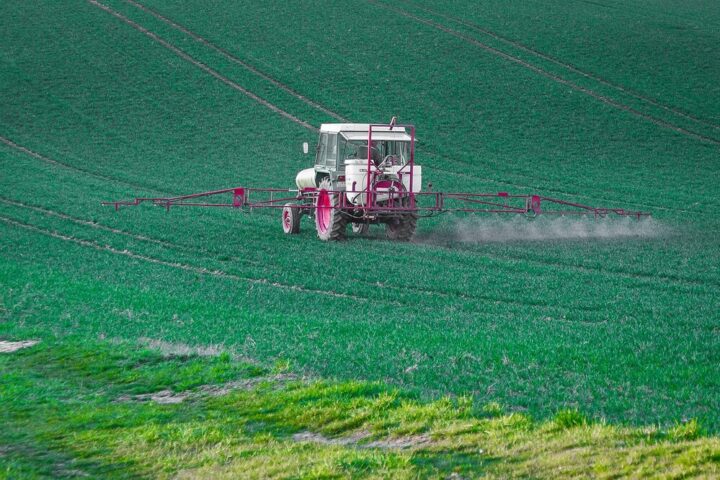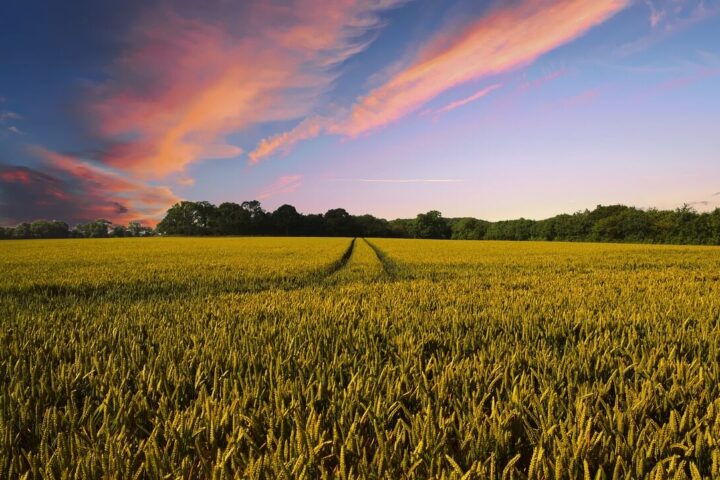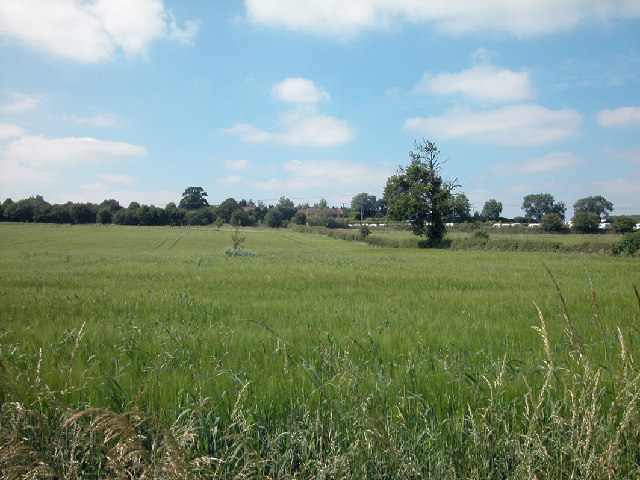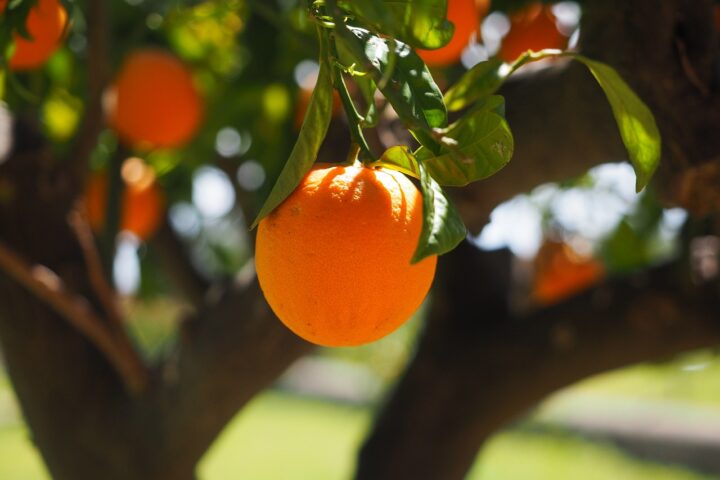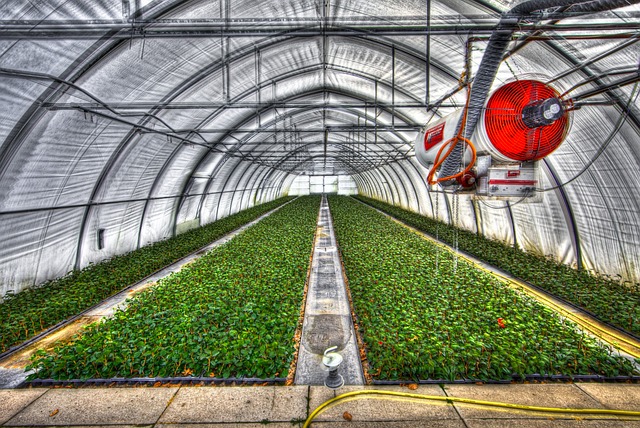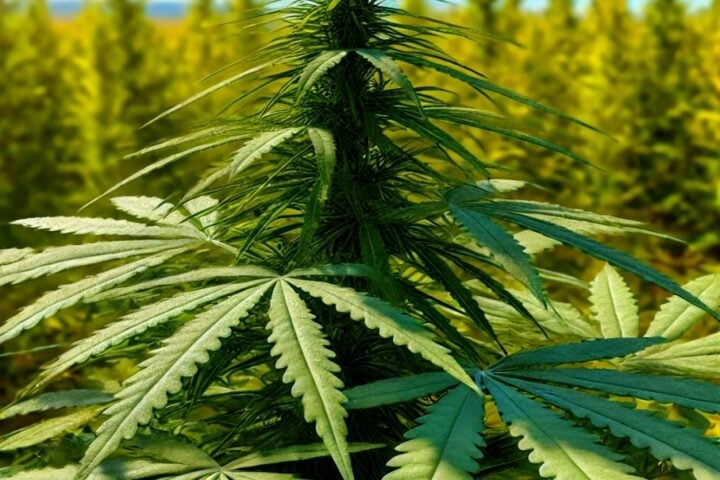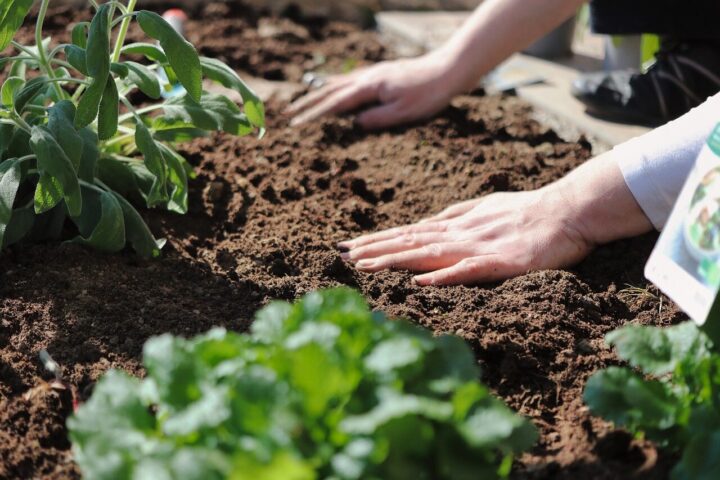The development of the picking robot by ETH Zurich’s spin-off, Floating Robotics, is a noteworthy advancement in agricultural robotics, particularly for greenhouse operations. This robot, currently being tested at Beerstecher AG’s greenhouse in Hinwil, is engineered to execute repetitive tasks like defoliating, harvesting, and boxing vegetables. The harsh conditions of greenhouses, with high humidity (80%) and temperatures reaching 35 degrees Celsius, make it a challenging work environment. The robot’s introduction aims to alleviate these challenges.
Bianca Curcio, in charge of production at Beerstecher AG and an ETH Zurich alumna, highlighted the robot’s significance: “The robot primarily takes over strenuous and repetitive activities, allowing our employees to focus on more demanding tasks that require a creative and critical mindset.” Curcio anticipates the robot becoming a mainstay in their production process, despite it being in the pilot phase.
This robot represents a fusion of several advanced technologies. It features an integrated camera and a sophisticated computer system that enables it to monitor crops, identify different plants and objects, and initiate its robotic arm for tasks like de-leafing or harvesting. The technology, developed at ETH Zurich’s Robotic Systems Lab under Salman Faraji’s leadership, showcases the potential of combining robotics with plant science.
Similar Posts
The broader context of this development lies in the increasing trend of automation in agriculture. With labor shortages and the need for efficiency, such innovations in farm robotics are becoming more prevalent. This particular case of greenhouse automation also provides insights into how robotics can be tailored to meet specific environmental challenges in agriculture.
In essence, the deployment of the picking robot at Beerstecher AG is a significant stride in agricultural technology. It illustrates how robotic solutions can enhance productivity and working conditions in agriculture, marrying the strengths of human labor with the efficiency of machines.
